

| Diurnea fagella - a common identification puzzle |
| ..... |
One of the commonest moths to be attracted to a light trap run in woodland during March and early April is Diurnea fagella. Many males can be either in the trap, or on the trap (depending on what particular set-up you use) by morning, so it is a moth that many will quickly learn to identify, but it is still probably the moth that is most responsible for identification queries on various internet sites and Facebook pages. The female Diurnea fagella is flightless, with wings barely reaching the end of the abdomen, so it is only the male that is attracted to light. Although most common in deciduous woodland, Diurnea fagella is also often recorded from a range of habitats from lowland heath, through to suburban parks and gardens, so it can turn up anywhere. |
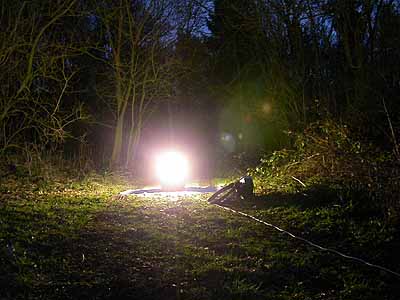 |
|
| ..... | ||
Nottinghamshire distribution Usually abundant at sites throughout the north of the county, but probably very common in many Nottinghamshire woodlands, only really having an apparent patchy distribution through the lack of moth trapping early in the year by many recorders and a general lack of interest in our micromoth fauna. Diurnea fagella is widespread across Sherwood Forest, where the males can regularly be found resting on tree trunks and fence posts during the day, but does occur within some suburban areas. All the records we have access to are from sites west of the River Trent, though it should be expected to be found throughout VC56. Flight period Flies most years from the second week of March until around the third week of April. |
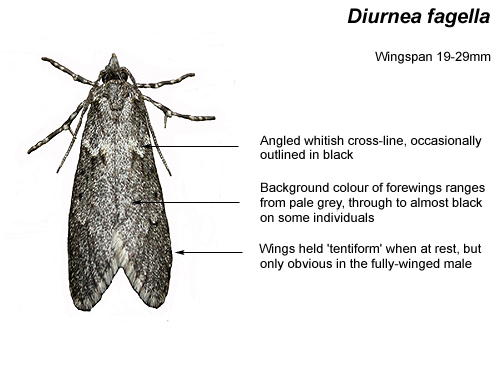 |
|
| ..... | ||
| Occasional
moths will turn up slghtly earlier or later depending on
the weather. Our own records for Diurnea fagella
are between March 8th and April 27th, with a pronounced
peak around the last few days of March and first few days
of April. Identification features On many moth related web forums, the identification of what many refer to as "this small macro" often turns out to be Diurnea fagella. Its an early flying moth that catches many people out. Only the males have fully developed wings - the females having much reduced wings, almost reaching the end of the abdomen. The background colour of the forewings varies considerably, ranging from a light creamy grey, through to very dark grey and almost black. The wings of the male are held 'tentiform' over the abdomen, the only one of the three moths featured here, to do so. Both Semioscopis sp hold their wings flat over the body. |
||
| ..... | ||
|
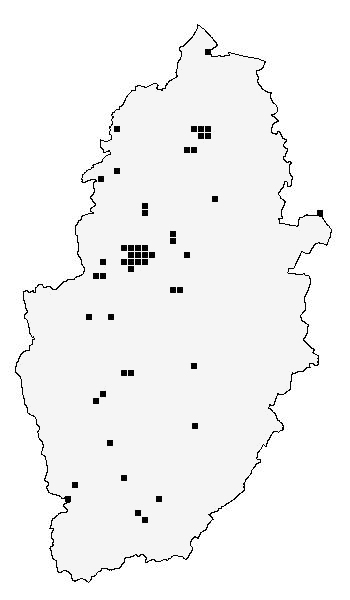 |
| ..... | ||
| Some specimens are often almost devoid of any contrasting markings and the only consistant feature is an angled cross-line towards the base of the wing, which is often indistinctly outlined in black. The cross-line is usually more obvious on darker specimens (as shown below) on which adjoining spots can sometimes form an additional broken cross line about two thirds along the length of the forewing. | ||
| ..... | ||
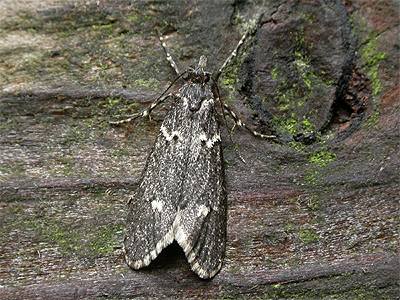 |
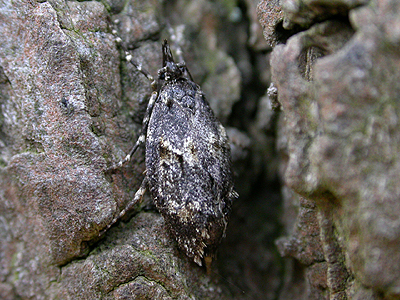 |
|